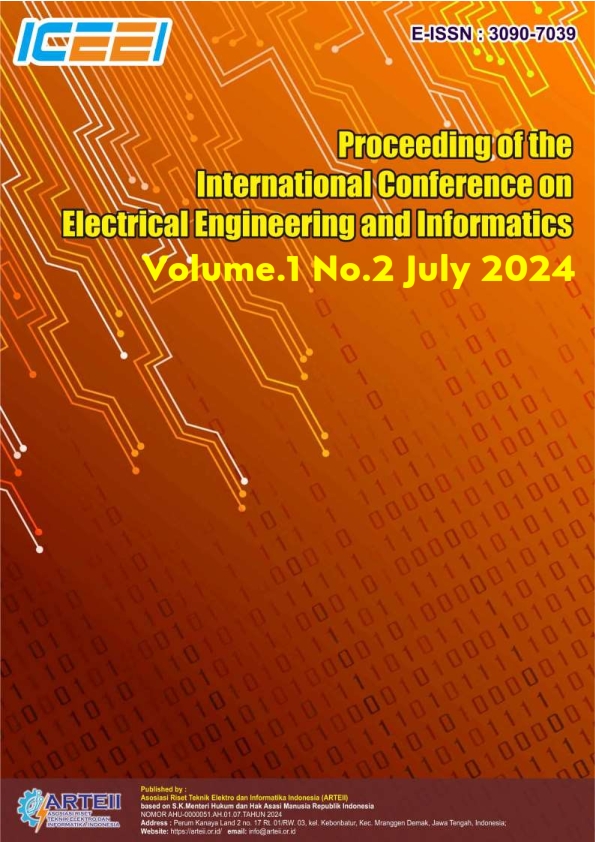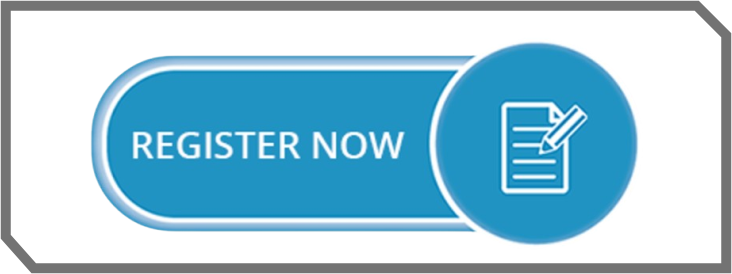Developments, Challenges, and Opportunities of Ro-Ro Ships in Maritime Transportation in Indonesia
Keywords:
Ro-Ro ships, maritime transportation, logistics, ports, transportation policyAbstract
This study aims to analyze the development, challenges, and opportunities of Ro-Ro ships in the maritime transportation system in Indonesia. As an archipelagic country, Indonesia needs an efficient mode of sea transportation to connect areas between islands. The method used is a mixed approach, with quantitative analysis of shipping statistics and vehicle volume, as well as qualitative analysis through in-depth interviews with stakeholders. Data were analyzed using descriptive statistics and thematic analysis. The results of the study show that Ro-Ro ships have advantages in loading and unloading efficiency and travel time, especially on congested routes such as Merak-Bakauheni and Ketapang-Gilimanuk. However, there are major challenges in the aspects of port infrastructure, licensing regulations, and digitization of public services. This study recommends investment in port infrastructure, bureaucratic simplification, and the development of strategic routes and digital information systems to support the optimization of Ro-Ro ships as an efficient and sustainable mode of maritime transportation in Indonesia.
References
Asnawi, F. A. R., & Handayeni, K. D. M. E. (2021). Evaluation of Park and Ride Major General Sungkono as a mode moving facility in the city of Surabaya. ITS Engineering Journal, 10(2). https://doi.org/10.12962/j23373539.v10i2.67593
Berawi, M. A., Mutaharah, U., Gunawan, G., & Miraj, P. (2019). Optimization of waterway element on CBL inland waterway transportation mode. AIP Conference Proceedings, 2114, 050007. https://doi.org/10.1063/1.5112451
Buchari, E., & Victoria, A. (2021). Policies conducted to support maritime safety and security in sea transportation systems. KnE Social Sciences. https://doi.org/10.18502/kss.v5i1.8286
Budisiswanto, N. (2023). Key planning recommendations for logistics multimodal transport institutions: Lessons learned from Tanjung Priok Port in Indonesia. Jurnal Indonesia Sosial Teknologi, 4(10), 1727. https://doi.org/10.59141/jist.v4i10.768
Gitasari, I. D. A. A., & Handayeni, K. D. M. E. (2021). The effect of the congestion pricing scenario on mode switching opportunities in the city of Surabaya. ITS Engineering Journal, 10(2). https://doi.org/10.12962/j23373539.v10i2.74040
Hadi, J. C. (2020). Implementation of domestic departure room design (Port of Tanjung Emas Semarang). Journal of Appropriate Technology Service, 1(2), 1. https://doi.org/10.47942/jpttg.v1i2.703
Kambu, A., & Bisay, C. M. (2023). Fish logistic system using value and cold chain approaches. Journal of Management and Business, 7(1), 24. https://doi.org/10.55264/jumabis.v7i1.99
Kusuma, L. T. W. N., & Tseng, F.-S. (2019). Analysis of the impact of the “Sea Toll” program for seaports: Resilience and competitiveness. Applied Sciences, 9(16), 3407. https://doi.org/10.3390/app9163407
Lesmana, R. H., & Widiyarta, A. (2022). The effectiveness of the Indonesian standard quick response code as a non-cash payment method for Suroboyo Bus. Journal of Education Humanities and Social Sciences (JEHSS), 4(4), 2260. https://doi.org/10.34007/jehss.v4i4.1060
Lugisnto, A. (2012). Legal politics in an effort to control pollution of hazardous and toxic materials in marine areas under Indonesian sovereignty. Law Reform, 7(2), 42. https://doi.org/10.14710/lr.v7i2.12409
Ndraha, A. B., Waruwu, E., Zebua, D., & Zega, A. (2024). Public relations and journalism institutional policies to increase transparency and public participation in government. Journal of Economics, Education and Engineering, 1(2), 23. https://doi.org/10.70134/identik.v1i2.37
Ningsih, I. I., & Utami, T. (2022). The intensity of ship handling by PT. Adhiguna Putera Tanjung Wangi Branch during the Covid-19 pandemic. Scientific Magazine Gema Maritim, 24(1), 26. https://doi.org/10.37612/gema-maritim.v24i1.276
Noor, F. M. (2017). Dangerous goods transportation in inland waterways: Case study: Indonesia waterways [Master’s thesis, World Maritime University]. World Maritime University Dissertations. https://commons.wmu.se/all_dissertations/594/
Puriningsih, F. S. (2019). Improving regional accessibility with people’s shipping ship support. Journal of Marine Transportation Research, 20(2), 78. https://doi.org/10.25104/transla.v20i2.815
Ridwan, S., & Sunaryo, S. (2019). Increasing port performance through port navigation safety assessment using the Formal Safety Assessment method (Case study Port of Tanjung Priok - Indonesia). E3S Web of Conferences, 130, 1025. https://doi.org/10.1051/e3sconf/201913001025
Saputra, R. P., & Rijanto, E. (2021). Automatic guided vehicles system and its coordination control for containers terminal logistics application. arXiv. https://doi.org/10.48550/arxiv.2104.08331
Silambi, E. D., Badilla, N. W. Y., & Ismai, N. (2022). Implementation of supervision policies on service procedures for issuance of sailing approval. SHS Web of Conferences, 149, 3014. https://doi.org/10.1051/shsconf/202214903014
Sulistyowati, Sumantri, A. S., Emha, F., & Hure, Y. R. M. (2021). Service quality management in increasing the interest of KM LAWIT passengers majoring Semarang Karimunjawa. Journal of Maritime Transportation Technology Science, 3(1), 31. https://doi.org/10.51578/j.sitektransmar.v3i1.33
Tentowi, A. R. (2019). Legal policy on trade facilitation agreements as a basic for legal policy development. Open Journal for Legal Studies, 2(1), 1. https://doi.org/10.32591/coas.ojls.0201.01001t






